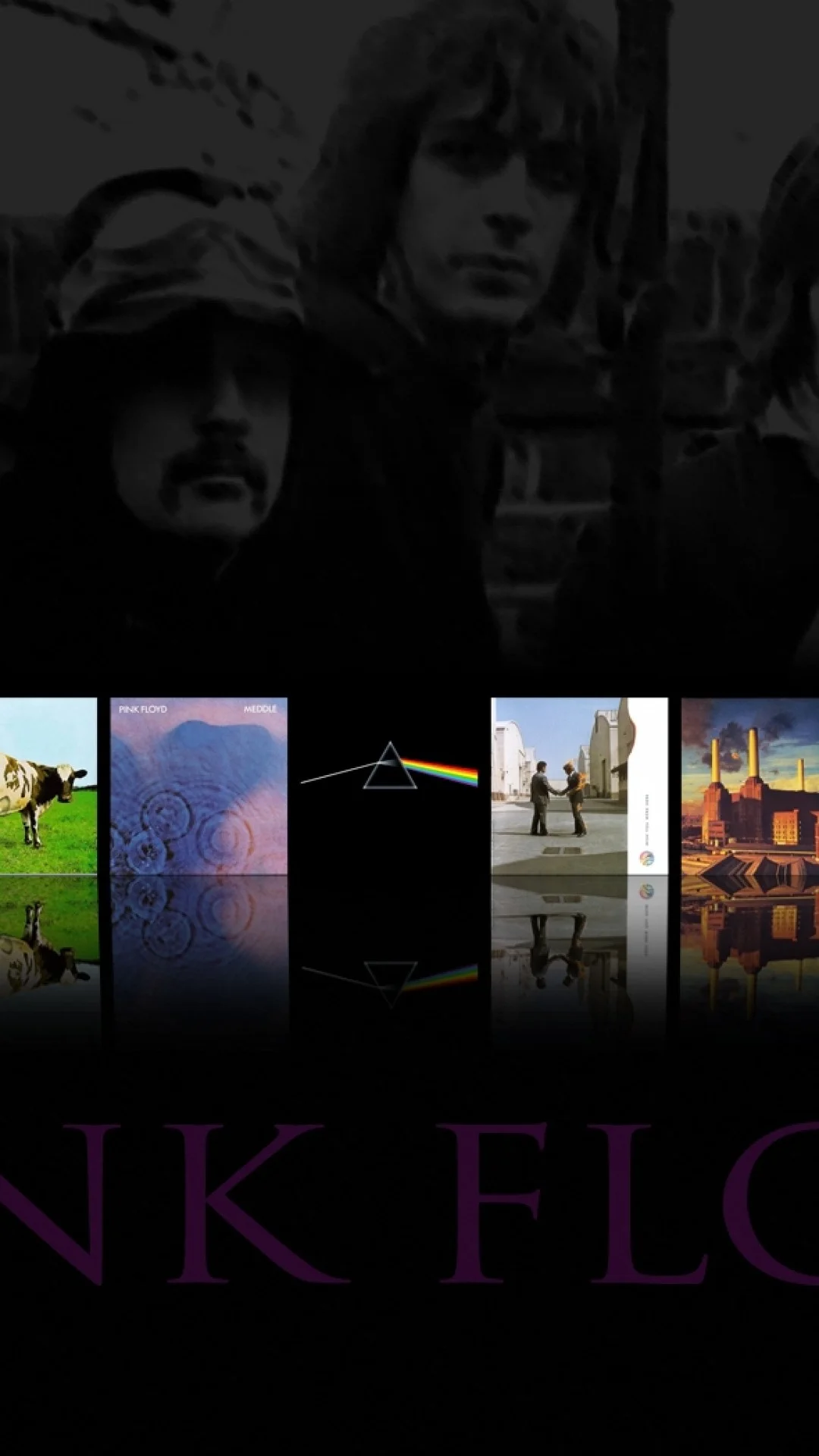

The lyrics, achingly sung by Dave Gilmour, incorporate both feelings of alienation and a longing for past connection. Like the album of the same name, the track is a fond remembrance of Syd Barrett, who was then living in self-imposed exile while his mind continued to deteriorate. Years of countless, inane coffee-shop covers of “Wish You Were Here” can’t spoil the original track’s serene beauty. The short, structured jam includes moaning guitars, plodding drums and a keyboard tinkling that sounds like Richard Wright was playing with a real spaceship’s control panel. Syd Barrett’s Pink Floyd was a distinct force in late ’60s psychedelia, and the songwriter’s unique talents are perhaps best represented on “Astronomy Domine.” Barrett had a knack for nursery rhyme-like lyrics, here put into effect on a space-themed song that sounds both wonderfully undisciplined and meticulous at once. It sounds somehow sounds both delicate and grand all at once, which suits its themes of separation and disagreement. “Us and Them” is the concept album’s nod to politics and war, featuring echo-y verses that give way to swelling choruses as well as a gorgeous saxophone solo. With The Dark Side of the Moon, Pink Floyd created a profoundly successful album, spending 741 weeks on Billboard’s top charts, and a profound album, whose subject is nothing less than life itself. This was the band’s first ultra-long track, and though they would later best “Atom Heart Mother,” it retains a film-like grandness all its own. Described by Gilmour as the “theme from an imaginary Western,” the track drew on their recent experiences writing film soundtracks to create a sprawling, epic of a track that remains interesting for all of its 23 minutes. With the opening title track on Atom Heart Mother, it sounded like they finally had something. In the wake of bandleader Syd Barrett’s departure from Pink Floyd, the leftover band members struggled for several subsequent albums to redefine their sound. The music is lovely but secondary, which means it can’t quite rank any higher on this list. The most affecting track is the title track, which sees Waters waxing poetic about a lonely adolescence and a near-suicide attempt. Even moreso than the preceding The Wall, this is the Roger Waters Show, a personal concept album about war, heartbreak and apocalypse featuring mostly pianos and whispered lyrics with the occasional solo thrown in to appease guitarist Dave Gilmour. Our list begins with a brief nod to the Roger Waters’ under-appreciated final album as the most prominent member of Pink Floyd, also called The Final Cut. Here are the 10 best Pink Floyd songs of all time. It’s not easy, but Pink Floyd was never trying to be an easy band. How can one rank an early psychedelic, nursery-rhyme spacey soundscape from the band’s Syd Barrett-led days against a lyrical piano ballad from one of Waters’s later albums with the band?


Nonetheless, their sound at any given point of their career was shaped profoundly by the dynamic changes within the band members. Richard Wright’s keyboard compositions, sometimes space and sometimes tight, are essential to many of Pink Floyd’s efforts, as is Dave Gilmour’s weeping guitar solos and Roger Waters’s heartfelt lyricism and distinct voice alternating between whisper and shout. A few elements stay relatively constant however, including a willingness to explore new types of songs and concepts with each new album. The band’s output, which now includes 15 studio albums, varies wildly throughout their history. Rather than churning out singles, they toiled over ambitious songs that often went beyond ten minutes in run-time. Despite their few radio-ready hits, Pink Floyd rarely sought mass appeal. Pink Floyd is one of the more difficult bands to ever become a staple of classic rock radio, while simultaneously being perhaps the most accessible band among the genre of progressive rock. Album cover for Pink Floyd’s The Dark Side of the Moon | Harvest


 0 kommentar(er)
0 kommentar(er)
